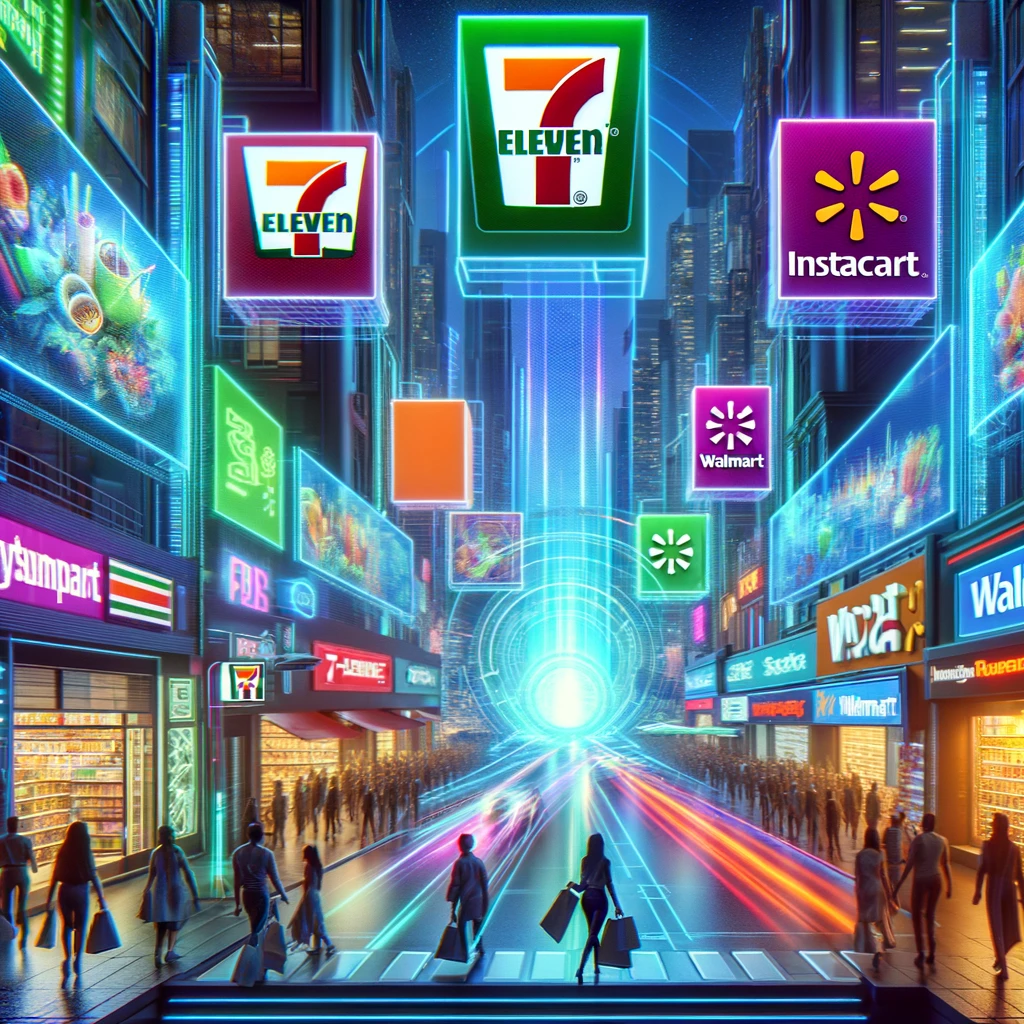What is prompting the paradigm shift?
A key driver is Google’s announcement to phase out cookies.
Google's phase-out of third-party cookies, set for later this year, is shaking up the digital advertising landscape. Cookies are data files that track you across websites, allowing targeted ads based on browsing habits. Their demise means advertisers must find new ways to reach their audience.
Another is the efficacy of RMN, generated through better data analytics and placement or contextual targeting. The customer’s mindset is in the right place for advertising. How much more effective? Walmart reported a 240% growth in advertising revenue in Q3 of 2021. Instacart said $300 million in ad revenue in 2022.
Contextual targeting in retail is not new.
Retailers have used product placement, putting select products at eye-level on certain shelves or endcaps (end of aisle) to gain maximum visibility. Catalina Marketing delivers targeted coupons to millions of consumers daily at the point of sale. An effort I led for them to improve their delivery network to aid retailers and brands like Coke and Pepsi.
Like cybersecurity, RMNs have a new Rule of Three:
• Something you have (an ID token) -> Something you’ve touched. (browsed or picked up)
• Something you know (a password) -> Something you’ve seen. (in person or online)
• Something you are (a fingerprint) -> Where you are. (e.g., in the produce aisle, The business section of Amazon’s website)
This RMN3 is this generation’s digital display ads based on the content of the webpage rather than your browsing history. Imagine reading an article about hiking boots – you might see ads for outdoor gear stores or specific boot brands alongside the text. This approach is less privacy-invasive but may also be less effective, as ads won't be as precisely tailored to individual users. I find it less creepy than being inundated with advertisements on every following web page and unsolicited mailing lists.
More sophisticated systems display ads on store monitors or kiosks based on data gathered from RMN3 systems. I’ve used kiosks to place ads based on consumer preferences or only those products in the local market, learning what people care about based on consumer transactions.
The benefits are multiple. More precision and less intrusive advertising. Improved data privacy and the reduction of unsavory ad targeting. The data belongs to the retailer, which means that consumers will also have a level of protection. Digital wallets and loyalty programs can be configured to store data for different periods and erase them after set periods.
Back to Store
New technologies continue to provide opportunities to make physical locations the primary point of destination for the retail experience. It’s not video alone. 7-Eleven, 13,000 US locations, is also scaling up its radio ambitions. They are currently piloting with 2,000 stores, and with increases, will make it the largest radio network in the country.
As physical retail strengthens the point of destination, the number of relevant and relatable touchpoints grows significantly. The cost of screens or integration with brand loyalty apps is more economical.
According to sources, partnerships with short-form media such as YouTube, TikTok, and ISV-driven media platforms are a $100B opportunity. There are opportunities to provide infomercial-like ads, training, and information snippets that drive superior conversion rates.
Recap
Right-ad right-time. Full stop.
The evolution of Retail Media Networks (RMNs) marks a pivotal shift in the advertising world, with giants like Walmart and Instacart as icebreakers. There is an opportunity for medium-sized brands to leverage technology to achieve the results previously seen online with big-budget spending.
The decline of cookie-based tracking and the rise of contextual targeting herald a new era of digital advertising, heavily reliant on consumer presence and interaction in physical retail spaces. This trend underscores the resurgence of physical stores as primary shopping destinations, offering unique opportunities for more engaging and less intrusive advertising strategies.
- How could your brand leverage RMNs to enhance consumer engagement following the RMN Rule of Three?
- Is contextual targeting in physical retail environments on your roadmap this year? Next year? What impact will the loss of third-party cookies have?

